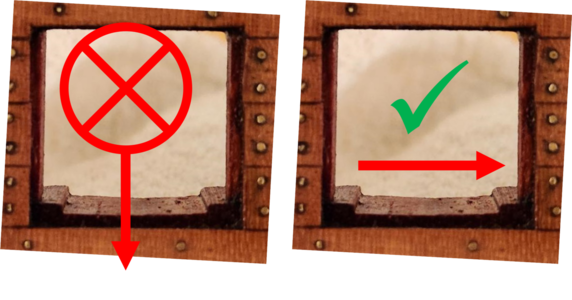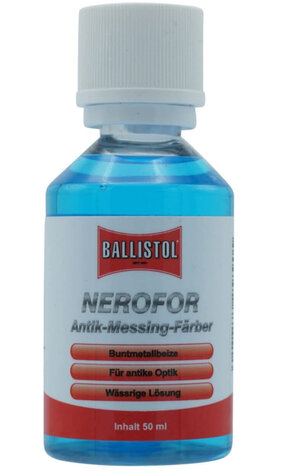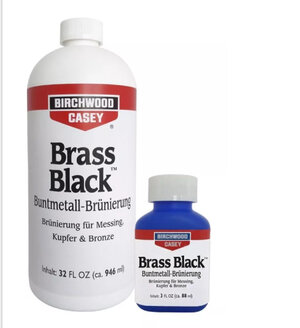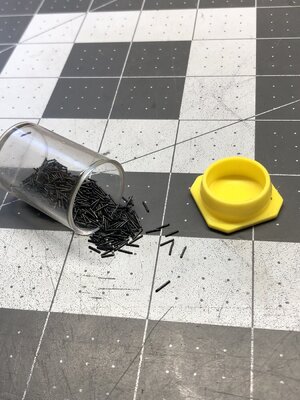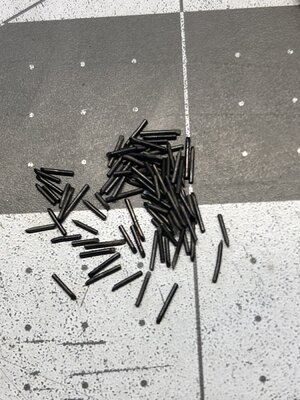- Joined
- Oct 15, 2017
- Messages
- 1,190
- Points
- 443

Thanks Nigel. I am aware of the dull requirement for the blade. I just need to find a knife the Admiral is willing to appropriate for service. Normally, I'm a guy who operates under the "It's better to ask for forgiveness, rather than permission." Not in this case.Interesting test sample Ken.A couple of points, firstly the wood grain on the lower cills need to run along the length of the ship.Secondly, if you have a go at nail rolling, it is all about the edge of the blade, it needs to be dull with about a 90 degree included angle between the "cutting" edges
Kind Regards
Nigel

I was not aware of the fact that the grain needs to run longitudinally with the ship. I did not find anything mentioned in Jean Boudriot's 74 Gun Ship.
To build my own knowledge, would you share why the shipwright's did this? Was it a universal practice or just on French ships?
Thanks!










